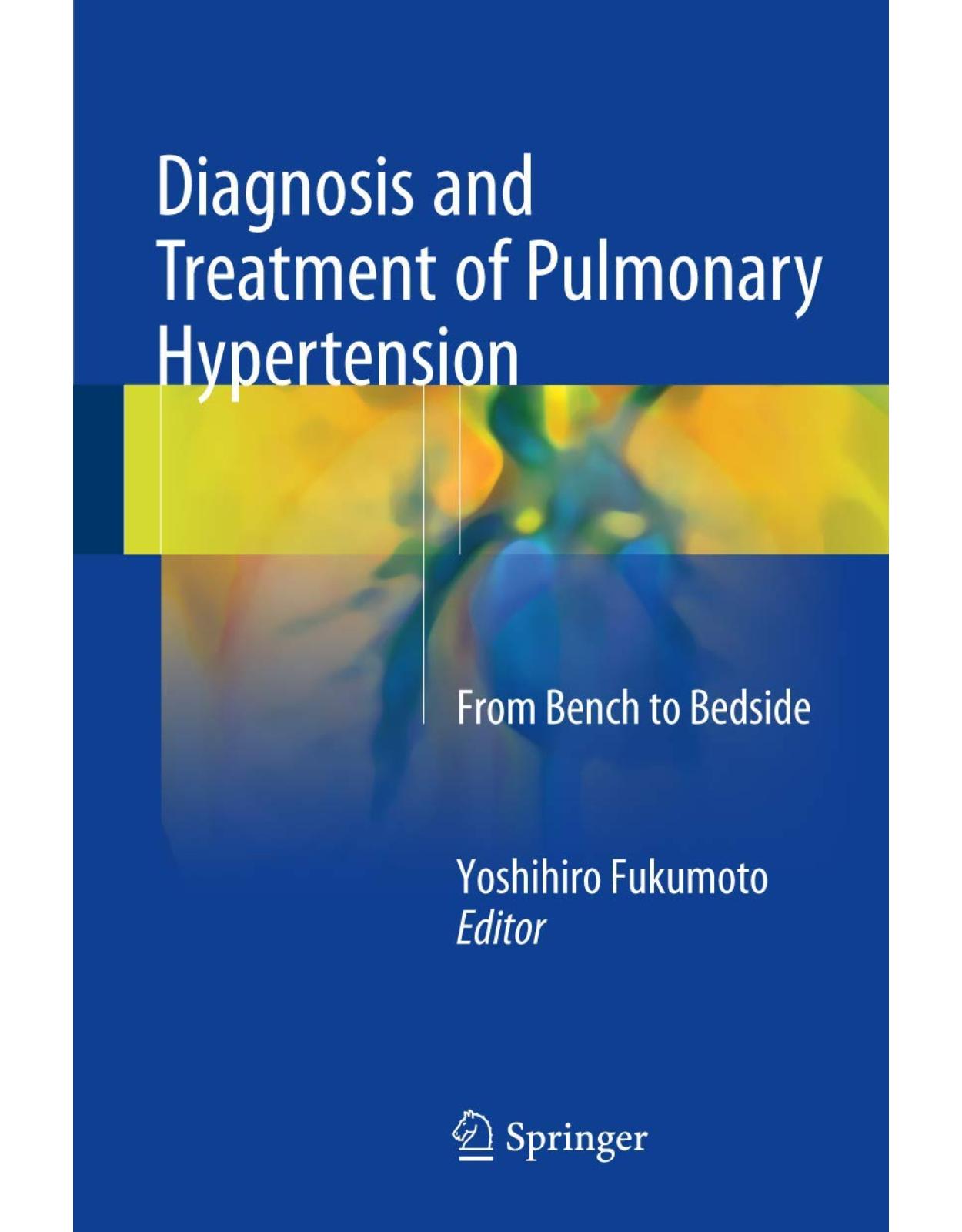
Diagnosis and Treatment of Pulmonary Hypertension: From Bench to Bedside
Livrare gratis la comenzi peste 500 RON. Pentru celelalte comenzi livrarea este 20 RON.
Disponibilitate: La comanda in aproximativ 4 saptamani
Autor: Yoshihiro Fukumoto
Editura: Springer
Limba: Engleza
Nr. pagini: 200
Coperta: Hardcover
Dimensiuni: 155 x 235 x 17 mm
An aparitie: 13 Jan. 2017
Description:
This book focuses on pulmonary arterial hypertension (PAH, Group 1) and chronic thromboembolic pulmonary hypertension (CTEPH, Group 4) among the various groups of pulmonary hypertension (PH) whose classification was updated into five major categories at the 5th World Symposium held in Nice, France, in 2013. Readers will find recent progress, methods, and up-to-date information on PH mechanisms, diagnostic images, and treatment in the management of PH. This volume, with contributions by leading researchers worldwide in the field , consists of five parts, starting with the fundamentals of PH, then pathophysiology and genetics, treatment, and right ventricular function.
Table of Contents:
Part I: Fundamentals of Pulmonary Hypertension
Chapter 1: Clinical Classification
1.1 Important Pathophysiological and Clinical Definitions of PH
1.2 Definition of Pulmonary Hypertension
1.3 How Can We Put All Types of Pulmonary Hypertension Together?
1.4 From Evian to Nice
1.5 Group 1 Modification in Nice Classification
1.6 Pre- or Postcapillary Pulmonary Hypertension
1.7 Group 1: Pulmonary Arterial Hypertension (PAH)
1.8 Other than Group 1 PAH
References
Chapter 2: Diagnosis: Imaging
2.1 Ventilation-Perfusion Lung Scintigraphy
2.2 Multidetector CTPA and Dual-Energy CTPA
2.3 Pulmonary Angiography and Intravascular Imaging
2.4 Magnetic Resonance Imaging
2.5 Molecular Imaging
References
Part II: Pathophysiology and Genetics
Chapter 3: Pathogenic and Therapeutic Role of MicroRNA in Pulmonary Arterial Hypertension
3.1 Introduction
3.2 The Biogenesis of miRNAs
3.3 Specific miRNAs Involved in the Pathogenesis of PAH
3.3.1 miR-21a and the BMP Pathway
3.3.2 miR-210 and the HIF-1α Pathway
3.3.3 MiR143/145 and the KLF4 Pathway
3.3.4 miR-124/NFAT Pathway
3.3.5 miR-124 and Other PH-Associated Pathways
3.3.6 miR-130/301, PPARγ, and miR-204 Pathway
3.3.7 miR-130/301, Apelin, and miR-424/503
3.3.8 miR-17-92 and the Cell Cycle
3.3.9 PH-Associated miRNA Cross Talk and Redundancy
3.4 General Advances in miRNA Therapeutics
3.5 Potential for miRNA Target Therapies in PAH
3.5.1 PAH miRNA Replacement Therapy
3.5.2 PAH miRNA Inhibition Therapy
3.5.3 PAH miRNA Diagnostics
3.6 Target miRNAs for Treatment
3.7 Summary and Future Research Directions
References
Chapter 4: Sex Hormones
4.1 Estrogen Paradox in PAH
4.2 Published Theories for the Estrogen Paradox in PAH
4.2.1 How Estrogens Exert Harmful Effects to the Pulmonary Circulation
4.2.1.1 Altered Estrogen Receptor (ER) Signaling
4.2.1.2 Altered Estrogen Metabolites
4.2.1.3 Microenvironment
4.2.2 How Estrogens Exert Survival Benefit in Female PAH Patients
4.2.2.1 Cardiac Protective Effect of Estrogens
4.3 The Perspective
4.4 Conclusion
References
Chapter 5: Rho-Kinase as a Therapeutic Target for Pulmonary Hypertension
5.1 Introduction
5.1.1 Roles of Rho-Kinases in the Cardiovascular System
5.1.2 Functional Differences Between ROCK1 and ROCK2
5.1.3 Roles of Rho-Kinase in VSMC Function
5.1.4 Pathological Roles of Rho-Kinase in the Cardiovascular System
5.1.5 Rho-Kinase-Mediated Development of Cardiovascular Diseases
5.1.6 Rho-Kinase in Pulmonary Hypertension
5.1.7 Rho-Kinase as a Therapeutic Target
5.1.8 Conclusions
References
Chapter 6: The Unique Property of the Pulmonary Artery Regarding the Smooth Muscle Effects of Pr
6.1 Proteinase-Activated Receptor Family
6.1.1 The Activation and Signaling of the PARs
6.1.2 The Vascular Effects of PAR1 Under Physiological Conditions
6.1.3 The Upregulation and Impaired Desensitization of PAR1 in Smooth Muscle Under Pathological
6.2 The Vasoconstrictor Effect of Thrombin in the Pulmonary Artery
6.2.1 The Unique Property of the Pulmonary Artery in Regard to the Vasoconstrictor Effects of
6.2.2 The Mechanisms Underlying PAR1-Mediated Pulmonary Vasoconstriction
6.3 The Possible Involvement of PAR1 in the Pathogenesis of Pulmonary Hypertension
References
Chapter 7: Animal Models with Pulmonary Hypertension
7.1 Pathological Findings of Pulmonary Vascular Lesions in Human PAH
7.2 Conventional Animal Models with Pulmonary Hypertension
7.2.1 Monocrotaline
7.2.2 Chronic Hypoxia
7.3 Other Animal Models with Pulmonary Hypertension
7.3.1 Fawn-Hooded Rats
7.3.2 Mice Overexpressing S100A4/Mts1
7.3.3 Mice Overexpressing IL-6
7.3.4 Murine Models with BMPR2 Mutations
7.4 What Do We Need to Establish the Preclinical Model Resembling Human Pathologic Findings?
7.5 Preclinical Animal Model with Severe PH and Complex Occlusive Lesion Formation
7.6 Conclusion
References
Chapter 8: Human Pathology
8.1 Introduction
8.2 Pathological Classification
8.2.1 Group 1: Pulmonary Arterial Hypertension (PAH) Caused by Increased Pulmonary Artery Pressure
8.2.1.1 Group 1–1.1. Idiopathic PAH
Isolated Medial Hypertrophy (Corresponds to Heath-Edwards Grade 1)
Combined Intimal Thickening and Medial Hypertrophy (Corresponds to Heath-Edwards Grades 2 and 3
Complex Lesions
8.2.1.2 Group 1–1.4 Associated PAH (A-PAH)
Group 1–1.4.1 PAH Associated with Connective Tissue Disease [8–11]
Group 1–1.4.4. Pulmonary Hypertension Associated with CHD
8.2.2 Group 1’: Pulmonary Veno-occlusive Disease (PVOD)/Pulmonary Occlusive Venopathy (PVO)
8.2.3 Group 2: Pulmonary Hypertension Caused by Left Heart Failure
8.2.4 Group 3 Pulmonary Hypertension Due to Pulmonary Disease and Hypoxia
8.2.5 Group 4 Chronic Thromboembolic Pulmonary Hypertension (CTEPH) [17, 18]
8.3 Conclusions
References
Chapter 9: Pathophysiology and Genetics: BMPR2
9.1 Introduction
9.2 Genetics
9.2.1 Major Mutations
9.2.2 Other Rare Variants and Common Variants
9.3 Clinical Phenotype
9.4 Penetrance and Risk Factors
9.5 Pediatric PAH
9.6 Pathophysiology and Pathobiology
9.7 Therapeutic Consideration
9.8 Conclusions
References
Part III: Treatment of Pulmonary Arterial Hypertension (PAH)
Chapter 10: Prostacyclin
10.1 Properties of Prostacyclin
10.2 Deficiency of Prostacyclin in Pulmonary Arterial Hypertension
10.3 Characteristics of Prostacyclin Analogues and Prostacyclin
10.3.1 Prostacyclin Analogues
10.3.2 Prostacyclin
10.4 Additional Effects of Prostacyclin Analogues and Prostacyclin
10.4.1 Antiproliferative Effects on PASMCs
10.4.2 Pro-apoptotic Effect on PASMCs
10.4.3 Reverse Remodeling Effects on Pulmonary Arteries
10.5 Prostacyclin Therapy for Patients with PAH
10.5.1 Iloprost
10.5.2 Treprostinil
10.5.3 Beraprost
10.5.4 Epoprostenol
10.6 Perspective on Prostacyclin Therapy
References
Chapter 11: Targeting the NO-sGC-cGMP Pathway in Pulmonary Arterial Hypertension
11.1 Targeting Nitric Oxide Production and Availability in PAH
11.1.1 Endothelial Nitric Oxide Synthase (eNOS)
11.1.2 Alterations in eNOS Expression in PAH
11.1.3 Alterations in eNOS Regulatory Inputs
11.1.4 Arginase
11.1.5 Nitric Oxide and Nitric Oxide Donors in PAH
11.2 Targeting Soluble Guanylyl Cyclase (sGC) in PAH
11.2.1 Stimulation of sGC with Riociguat
11.3 Targeting Phosphodiesterase Type 5 (PDE5) in PAH
11.3.1 Increasing cGMP
11.3.2 Ameliorating Ventricular Function
11.3.3 Sildenafil
11.3.4 Tadalafil
11.4 Concluding Remarks
References
Chapter 12: Endothelin Receptor Antagonist
12.1 Endothelin (ET) System
12.2 Physiology and Pathophysiology of ET System
12.2.1 ETs in Development
12.2.2 ETs in Pulmonary Arterial Hypertension (PAH)
12.2.3 Pathophysiological Roles of ET System in genetically Modified PAH Mice
12.3 ERAs
12.3.1 Structure, Specificity, Pharmacokinetics, and Drug Interactions of ERAs
12.3.1.1 Bosentan
12.3.1.2 Ambrisentan
12.3.1.3 Macitentan
12.3.2 Efficacy of ERAs in PAH
12.3.2.1 Bosentan
12.3.2.2 Ambrisentan
12.3.2.3 Macitentan
12.3.3 Safety of ERAs
12.3.3.1 General Side Effects
12.3.3.2 Liver Dysfunction
12.3.3.3 Edema
12.3.3.4 Anemia
12.3.3.5 Teratogenicity
12.4 Place of ERAs in PAH Treatment Algorithm
12.5 Conclusions
References
Chapter 13: Lung Transplantation
13.1 History
13.2 Indication for Lung Transplantation
13.2.1 Recipient Selection
13.2.1.1 Cadaveric Lung Transplantation
13.2.1.2 Living-Donor Lobar Lung Transplantation
13.2.2 Donor Selection
13.2.2.1 Cadaveric Lung Transplantation
13.2.2.2 Living-Donor Lobar Lung Transplantation
13.3 Recipient Operation
13.3.1 Bilateral Cadaveric Lung Transplantation
13.3.2 Living-Donor Lobar Lung Transplantation
13.4 Postoperative Management
13.5 Outcome and Prognosis
13.6 Summary
References
Part IV: Treatment of Chronic Thromboembolic Pulmonary Hypertension (CTEPH)
Chapter 14: Medical Therapy for Chronic Thromboembolic Pulmonary Hypertension
14.1 Preface: History of Chronic Thromboembolic Pulmonary Hypertension (CTEPH) Treatment
14.2 Types of Medical Therapy in CTEPH
14.2.1 Anticoagulants
14.2.1.1 Types of Anticoagulants
14.2.2 Oxygen, Treatment for Right Heart Failure, and Other Medical Treatment
14.2.3 Pulmonary Vasodilators
14.2.3.1 Types of Vasodilators
14.2.3.2 Mechanism of Action of Vasodilators in CTEPH
14.2.3.3 Positioning of Vasodilator Therapy in Chronic Thromboembolic Pulmonary Hypertension (CTEP
14.2.3.4 Efficacy of Vasodilators in Patients with Inoperable CTEPH
14.2.3.5 RCTs of Vasodilators in CTEPH
Riociguat
14.2.3.6 Future Direction of Pulmonary Vasodilators
References
Chapter 15: Balloon Pulmonary Angioplasty
15.1 Introduction
15.2 Indications and Contraindications of BPA
15.3 Technique of BPA
15.4 Complications after BPA and Prevention Methods
15.5 Effect of BPA
15.6 Limitations of BPA
15.7 Conclusions
References
Chapter 16: Pulmonary Endarterectomy for Chronic Thromboembolic Pulmonary Hypertension
16.1 Introduction
16.2 Diagnosis Including Assessment of Operability and Indication of PEA
16.3 PEA Procedures
16.4 Perioperative Care
16.5 Outcome
16.6 Conclusions
References
Part V: Right Ventricular Function
Chapter 17: Right Ventricular Function
17.1 Introduction
17.2 Anatomy of Right Ventricle
17.3 Mechanical Aspects of Ventricular Contraction
17.4 Hemodynamic Evaluation
17.5 The Role of the RV Function in Pulmonary Hypertension
17.6 Assessment of RV Function Using Echocardiography
17.6.1 Right Ventricular Fractional Area Change
17.6.2 Tricuspid Annular Plane Systolic Excursion
17.6.3 Tissue Doppler-Derived Tricuspid Lateral Annular Systolic Velocity
17.6.4 Right Ventricular Myocardial Performance Index
17.6.5 RV Strain
17.6.6 Three-Dimensional Echocardiography
17.7 Assessment of RV Volume and Function Using Cardiac Magnetic Resonance
References
| An aparitie | 13 Jan. 2017 |
| Autor | Yoshihiro Fukumoto |
| Dimensiuni | 155 x 235 x 17 mm |
| Editura | Springer |
| Format | Hardcover |
| ISBN | 9789812878397 |
| Limba | Engleza |
| Nr pag | 200 |
-
99400 lei 88800 lei

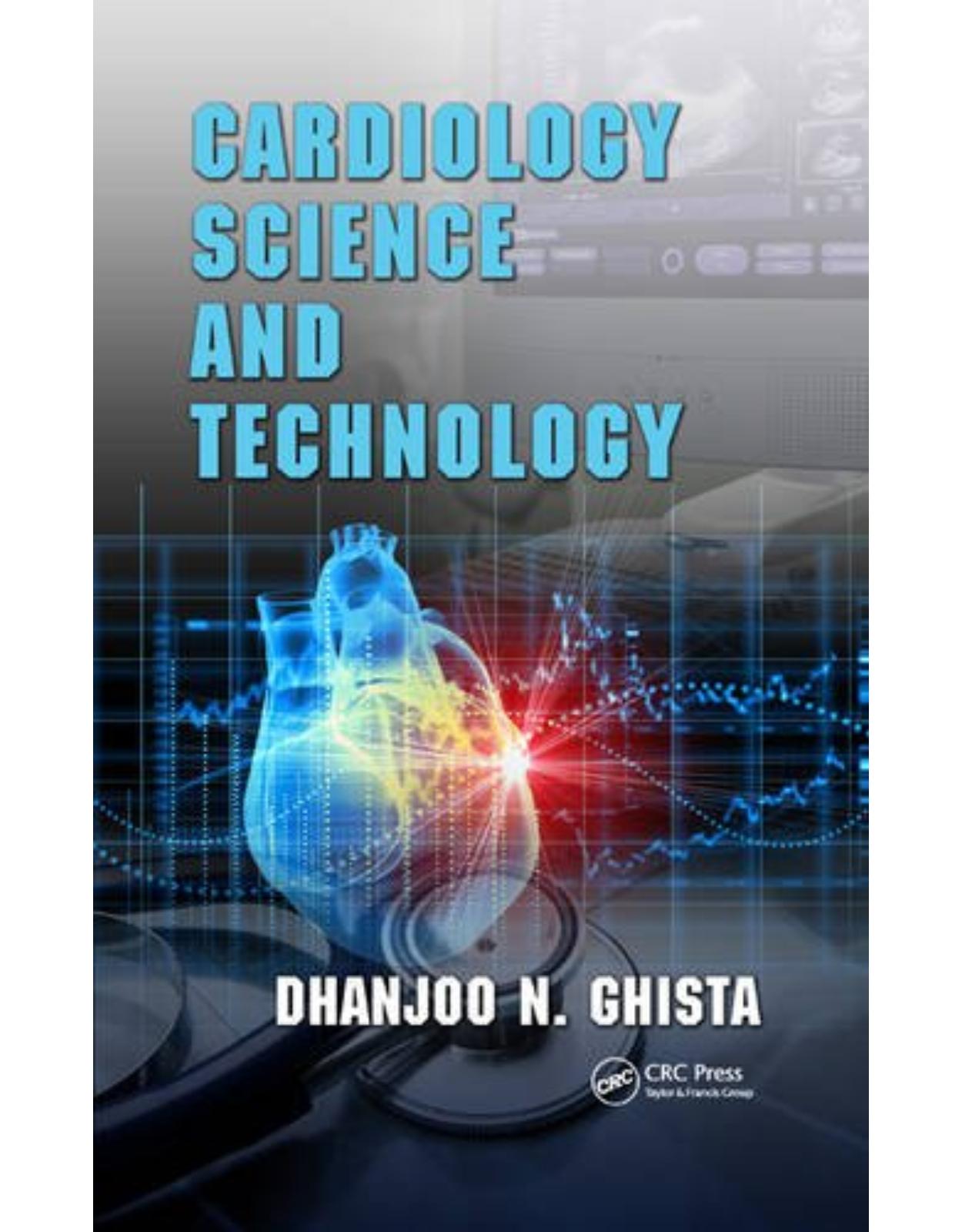
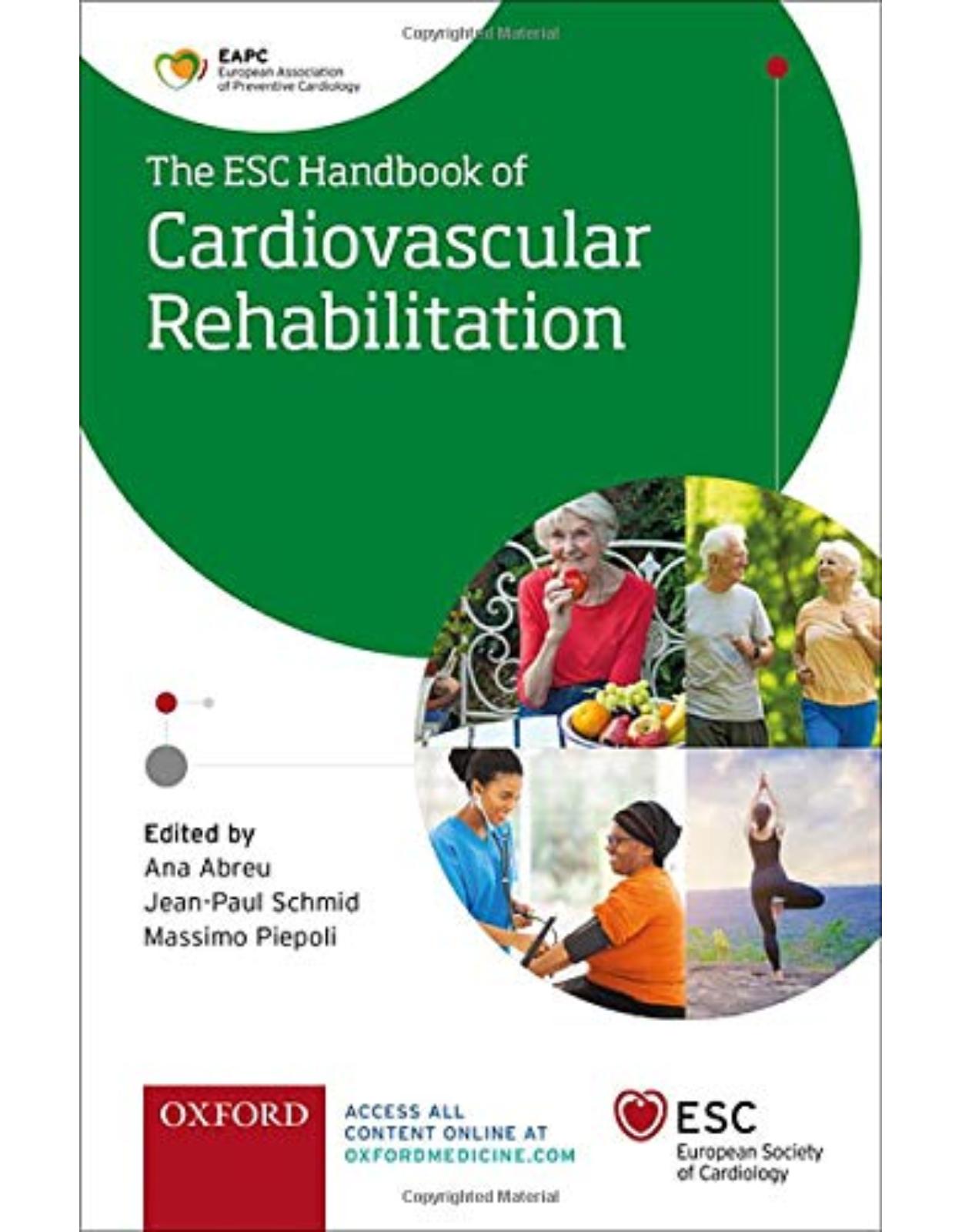
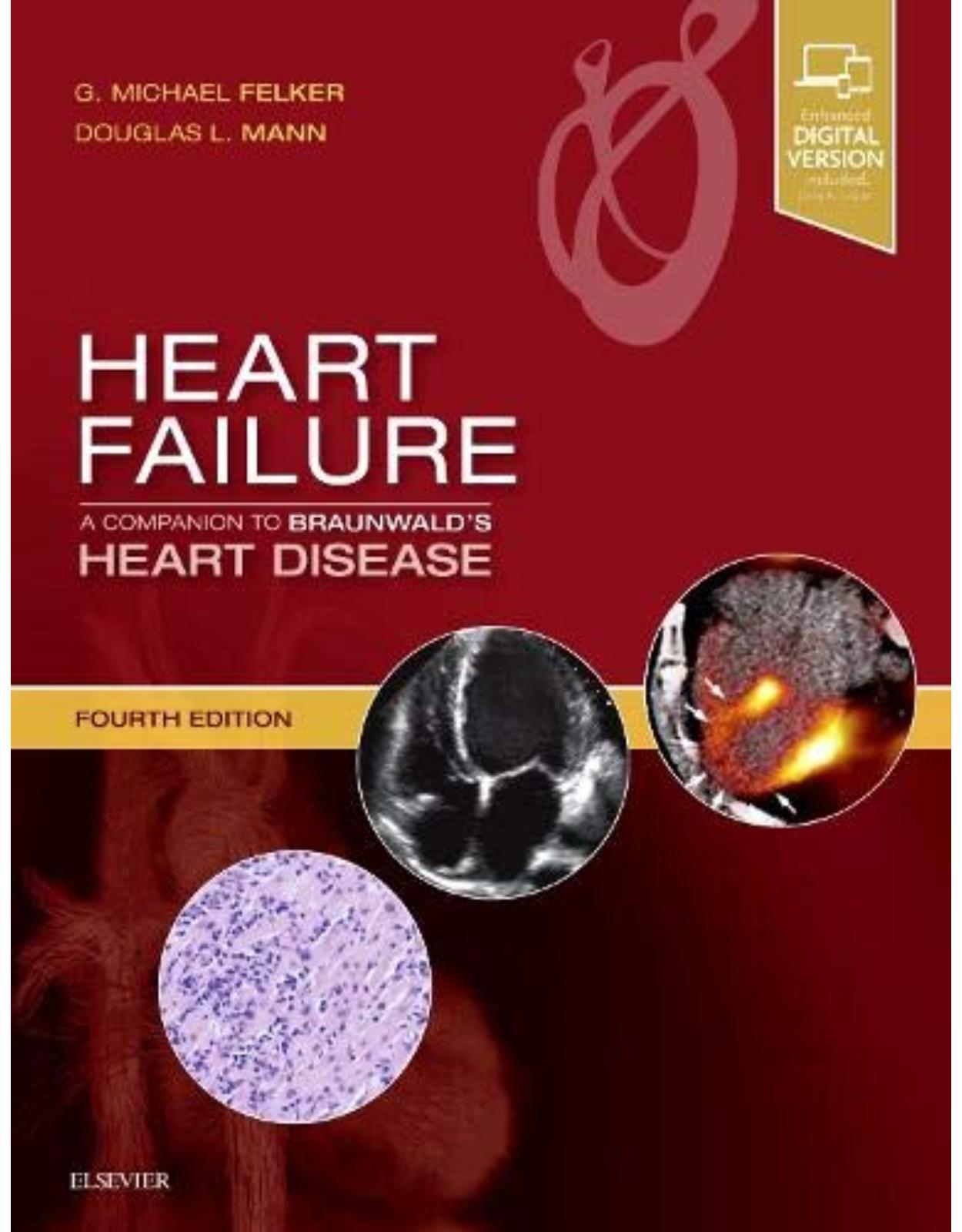
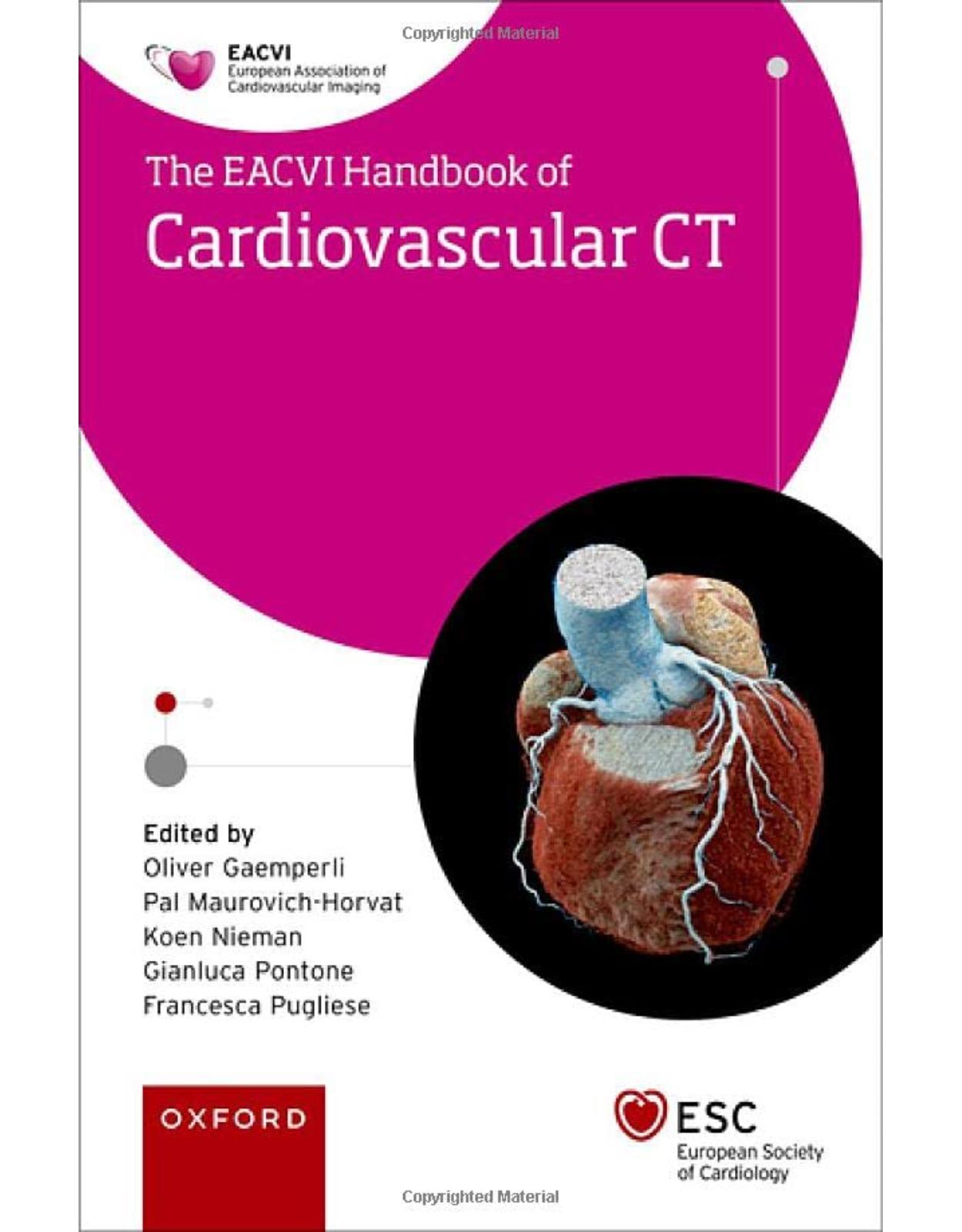
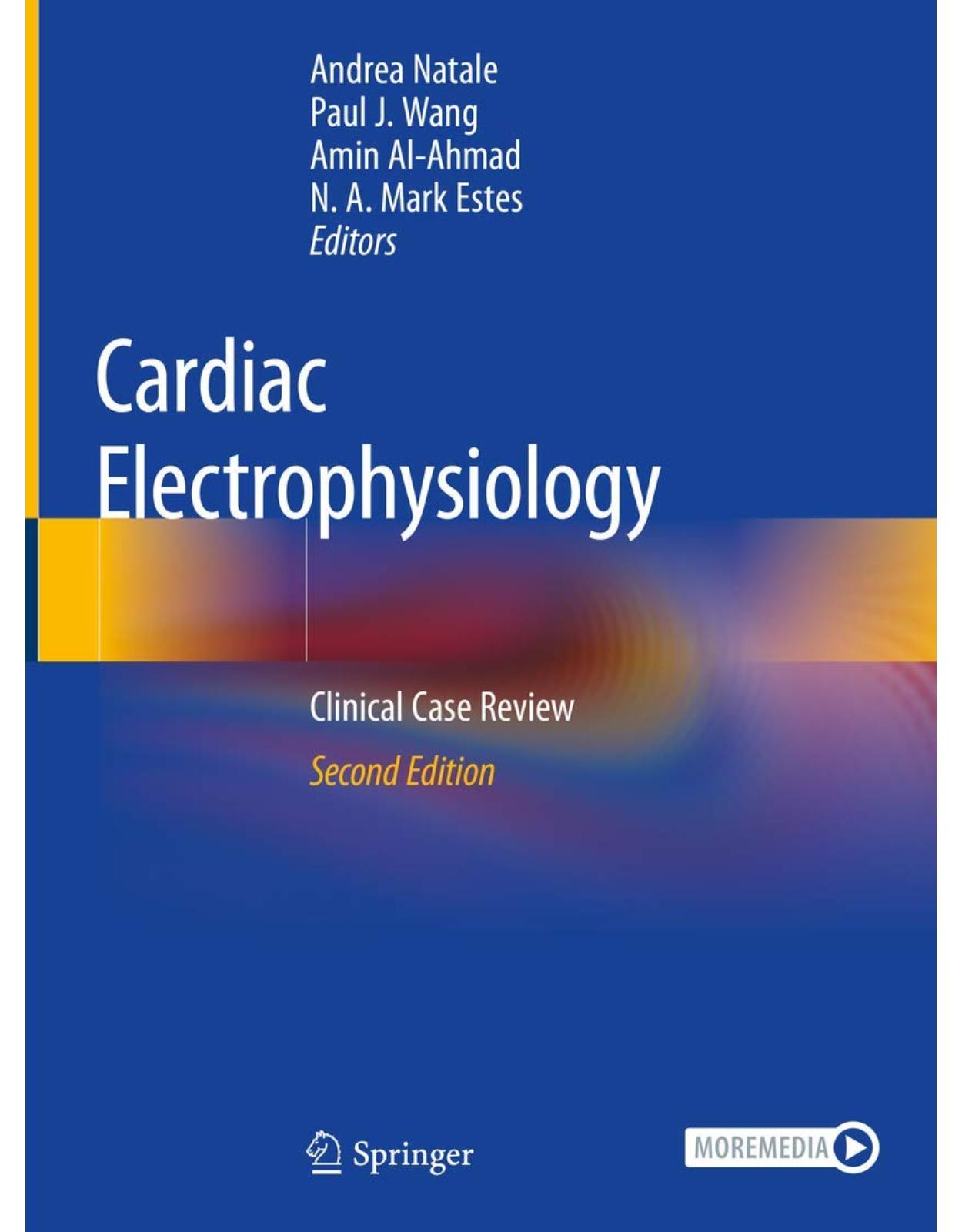
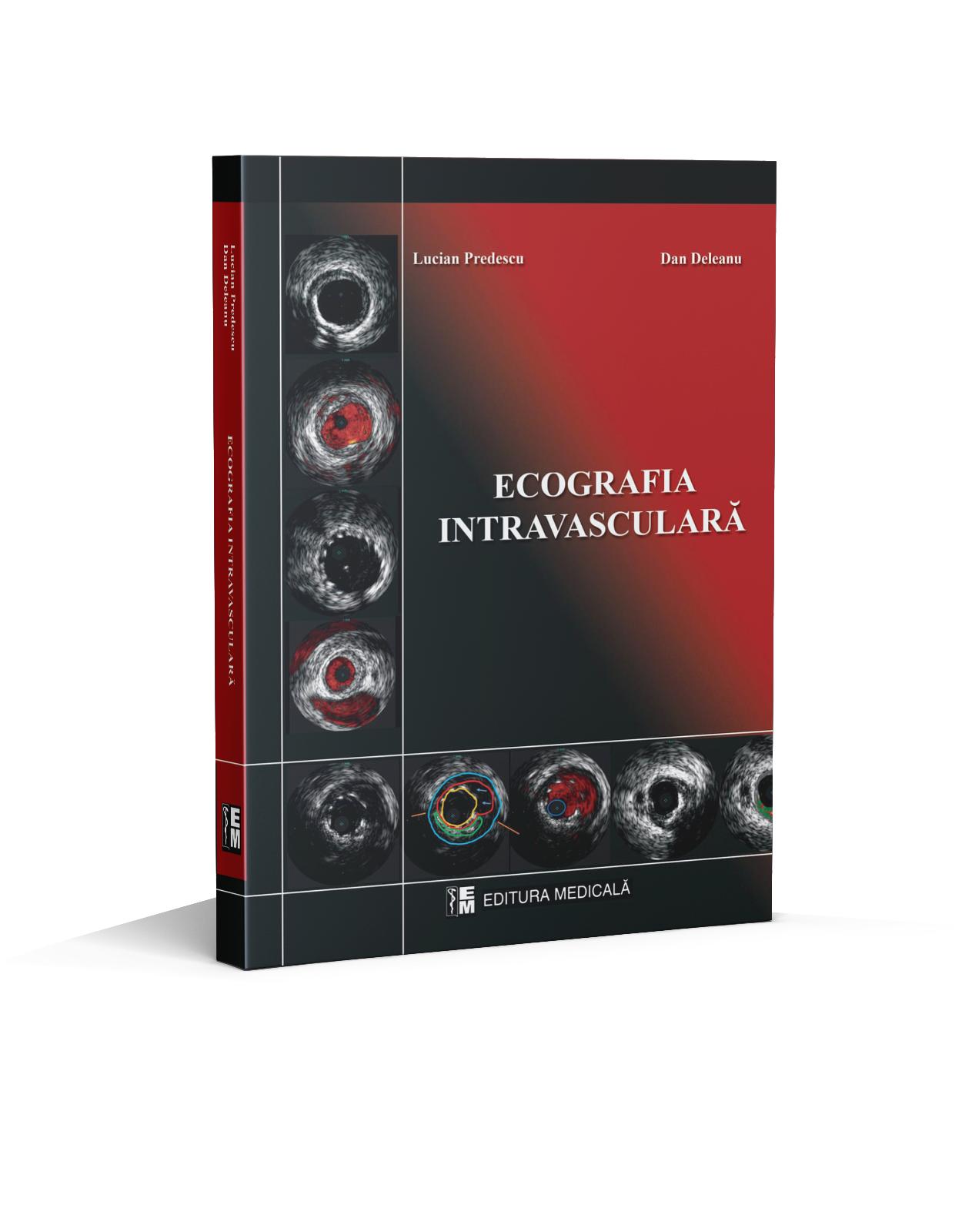
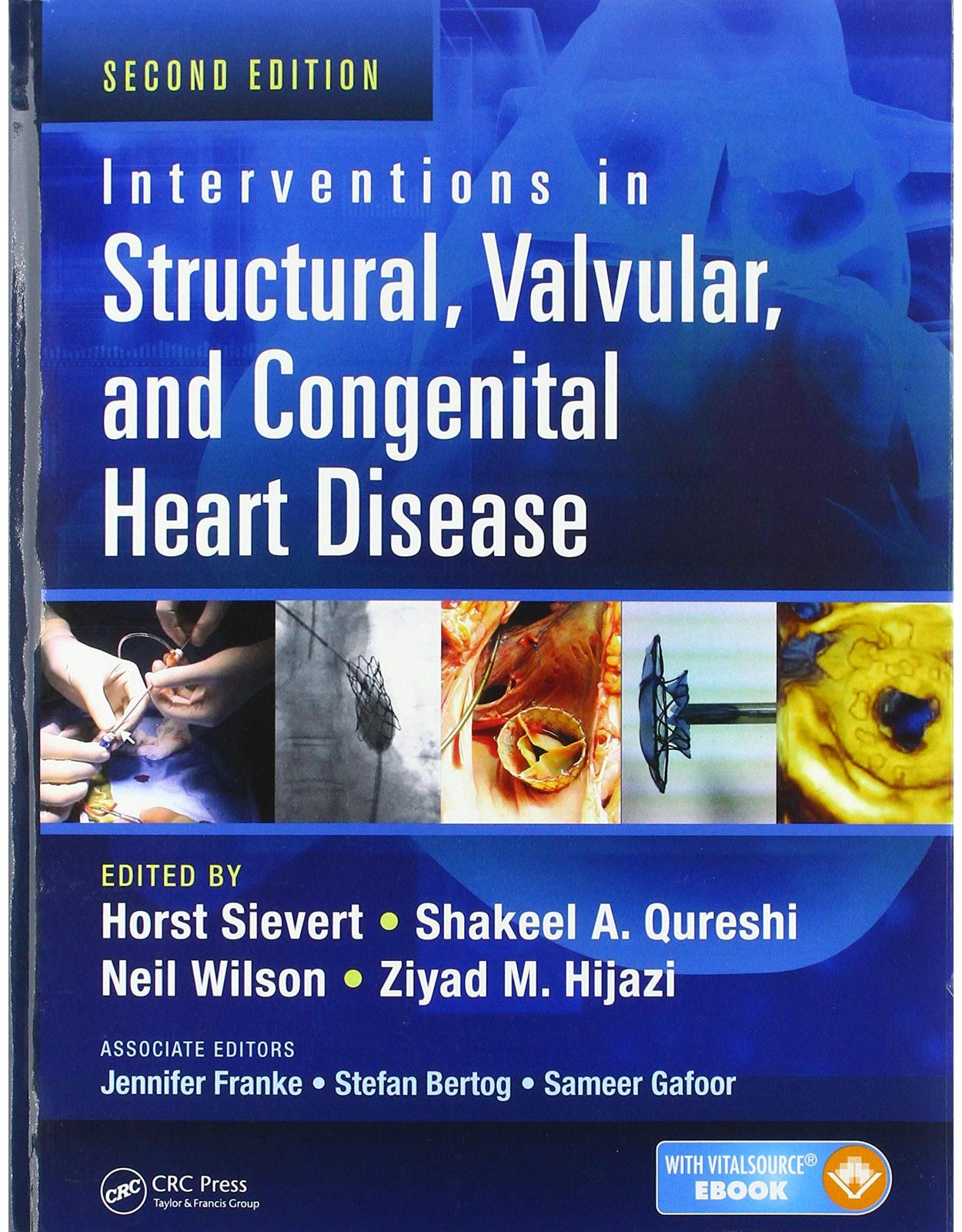
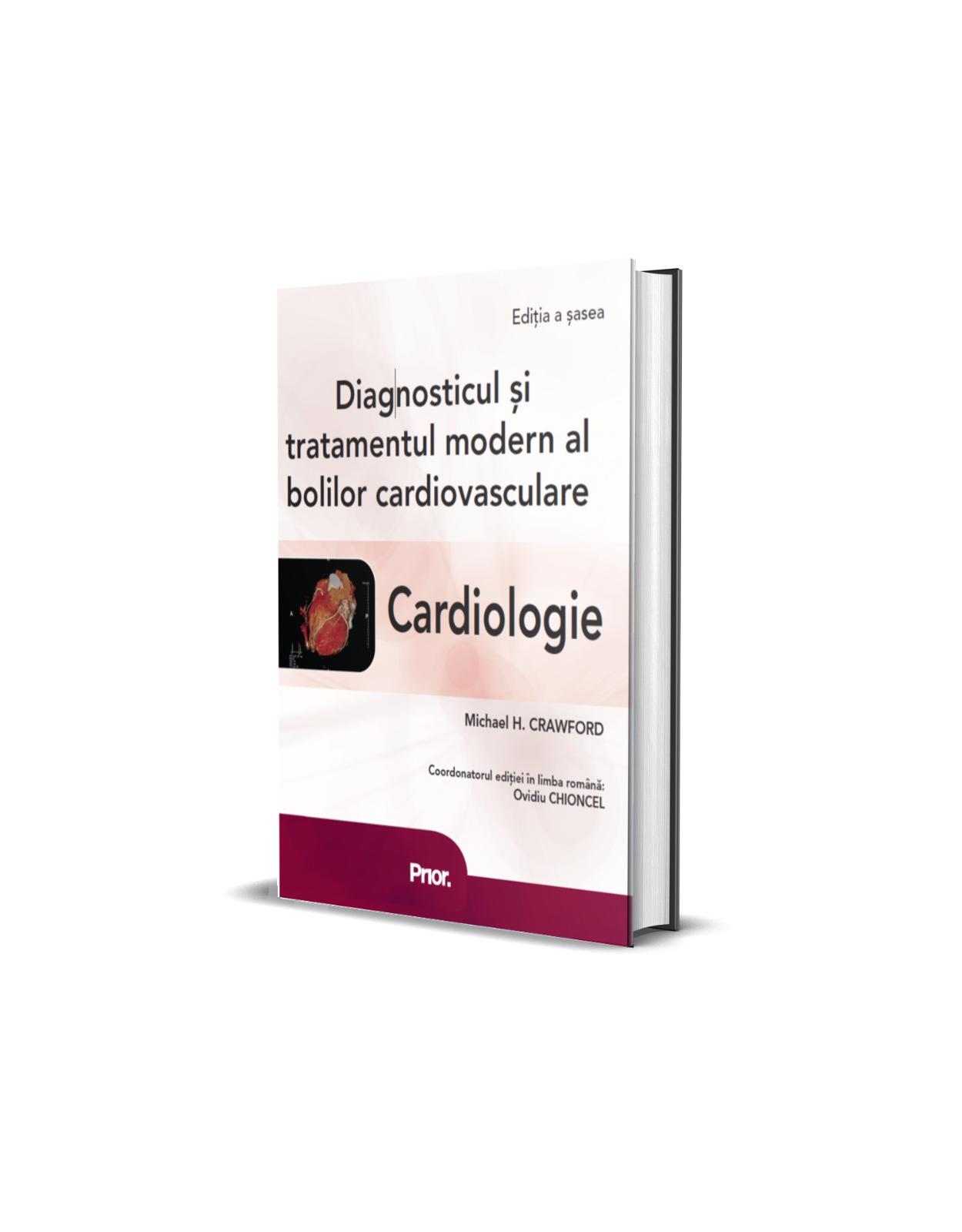
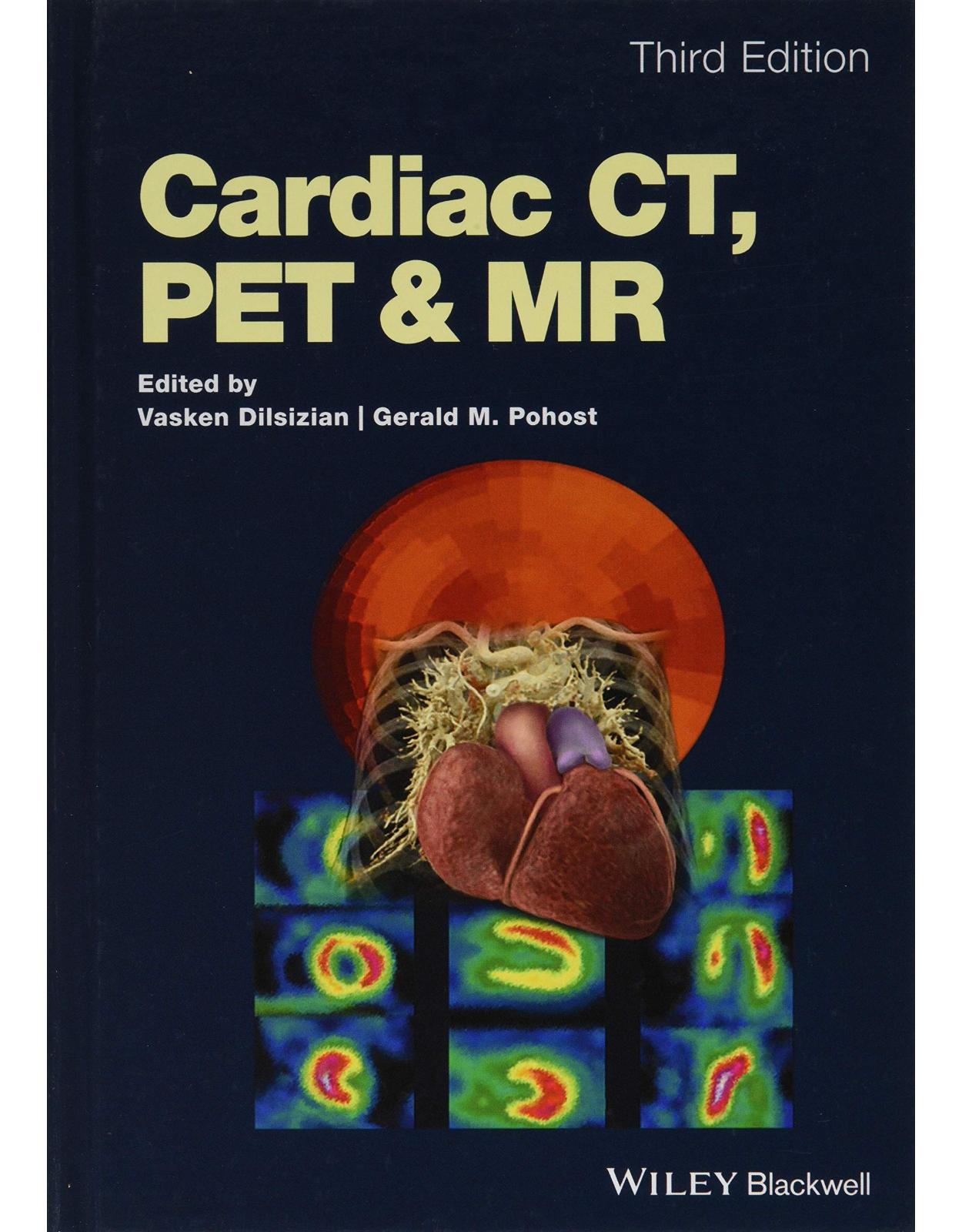
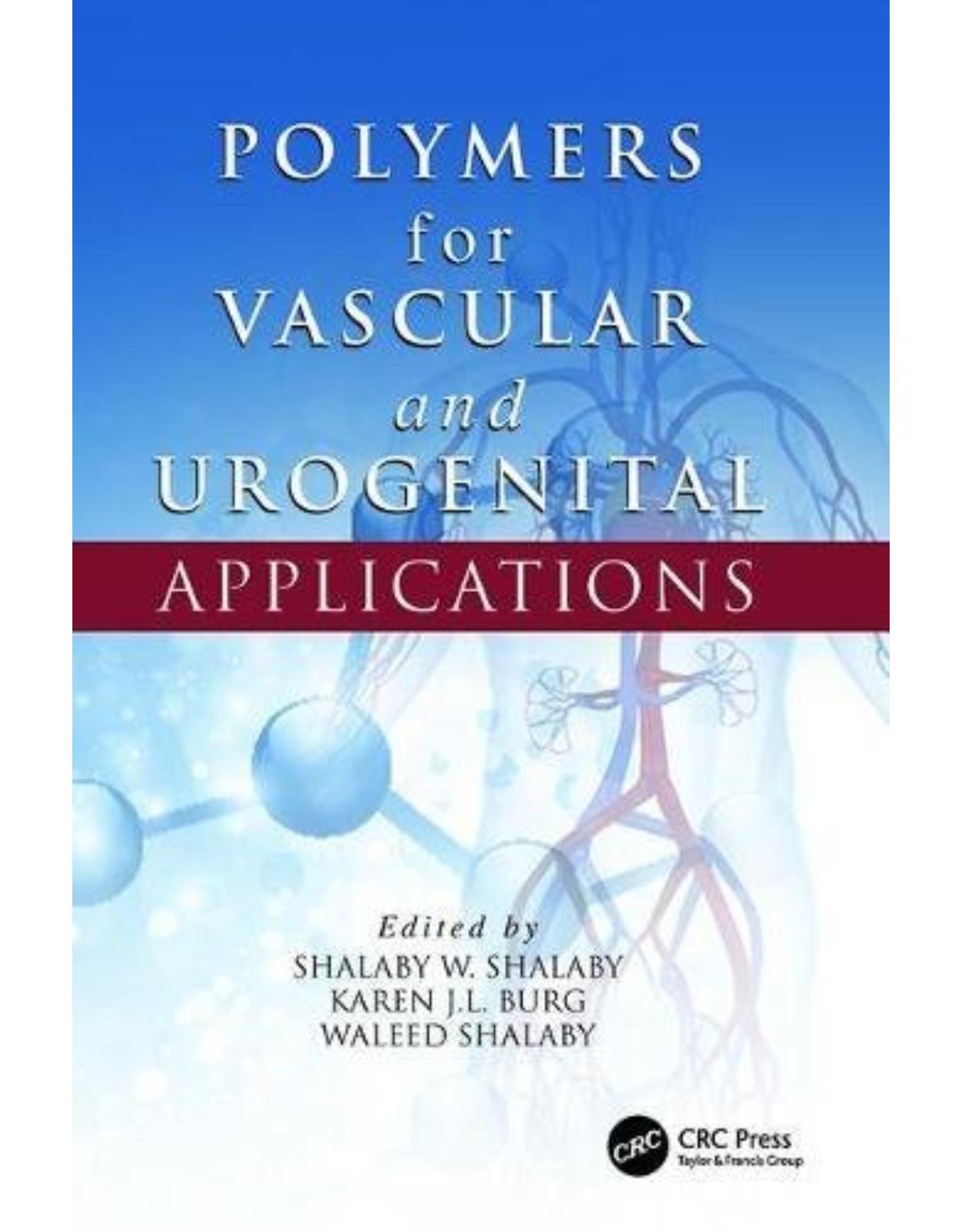
Clientii ebookshop.ro nu au adaugat inca opinii pentru acest produs. Fii primul care adauga o parere, folosind formularul de mai jos.